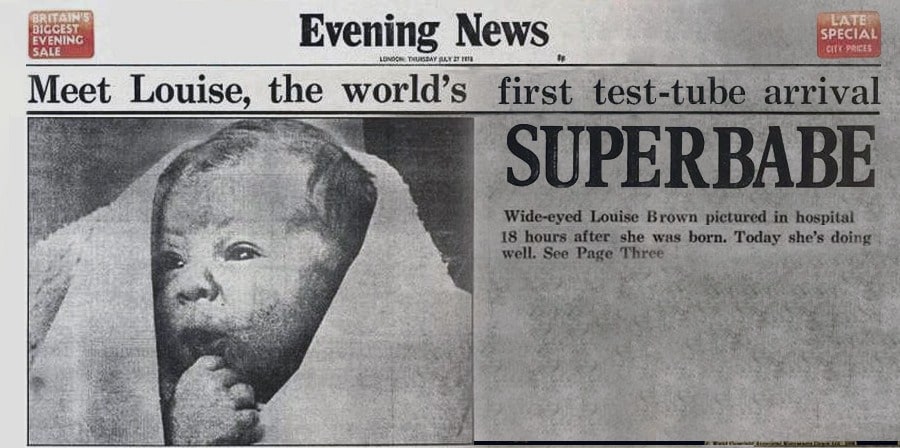Is the first test tube baby still alive?
The history of In Vitro Fertilization (IVF) treatment is a remarkable journey that has revolutionized the field of reproductive medicine and provided hope to countless couples struggling with infertility. IVF is a complex and intricate medical procedure that involves the fertilization of an egg outside of the woman's body before implanting it into the uterus. This breakthrough in assisted reproductive technology has had a profound impact on families worldwide.
Early Experiments: The concept of IVF can be traced back to the late 19th century when scientists began to explore the possibility of fertilizing eggs outside the human body. Initial experiments were conducted on animals, but it wasn't until the mid-20th century that the first human IVF attempts were made. Unfortunately, these early efforts yielded limited success.
The Birth of Louise Brown: The turning point in the history of IVF came on July 25, 1978, with the birth of Louise Brown, the world's first "test-tube baby." She was conceived through the groundbreaking work of British scientists Sir Robert Edwards and Patrick Steptoe. Louise's birth marked a historic moment and demonstrated that IVF was a viable method for overcoming infertility.
Advancements in Technology: Following Louise Brown's birth, IVF technology continued to advance rapidly. Researchers refined the techniques, leading to increased success rates and fewer complications. Innovations such as intracytoplasmic sperm injection (ICSI), pre-implantation genetic testing (PGT), and cryopreservation have all contributed to the field's growth.
Ethical and Legal Challenges: As IVF technology advanced, it also raised important ethical and legal questions. Issues surrounding the use of donor gametes, surrogate mothers, and the disposal of unused embryos became subjects of debate. Different countries implemented varying regulations to address these concerns.
Global Expansion: IVF gradually spread across the globe, with fertility clinics and specialized centers offering treatment to couples worldwide. This expansion helped make IVF more accessible to a broader range of people and diversified the patient population.
Continued Success: IVF success rates have improved over the years, thanks to ongoing research and technological advancements. Today, IVF is a well-established and widely accepted method for treating infertility, offering hope to couples facing various reproductive challenges.
Assisted Reproductive Technologies (ART): IVF is just one component of a broader spectrum of Assisted Reproductive Technologies (ART). ART includes procedures like intracytoplasmic sperm injection (ICSI), egg freezing, and surrogacy, all of which have expanded the options available to individuals and couples seeking to build their families.
Ongoing Research: Research in reproductive medicine continues to evolve, with scientists exploring ways to further improve IVF outcomes, reduce risks, and make the process more affordable and accessible.
In conclusion, the history of IVF treatment is a story of scientific perseverance, ethical dilemmas, and the pursuit of a dream – the dream of parenthood for those who face infertility. It has transformed countless lives, offering hope and new possibilities to individuals and couples around the world, and it continues to be a dynamic and evolving field with a promising future.
FFor more information contact with Hygia Med ! www.hygiamed.com.tr












